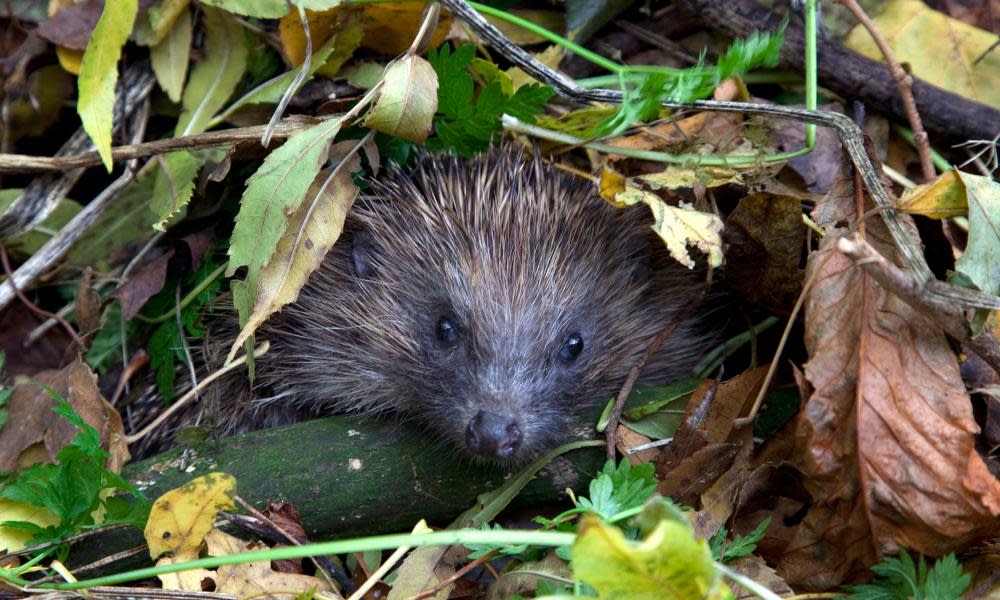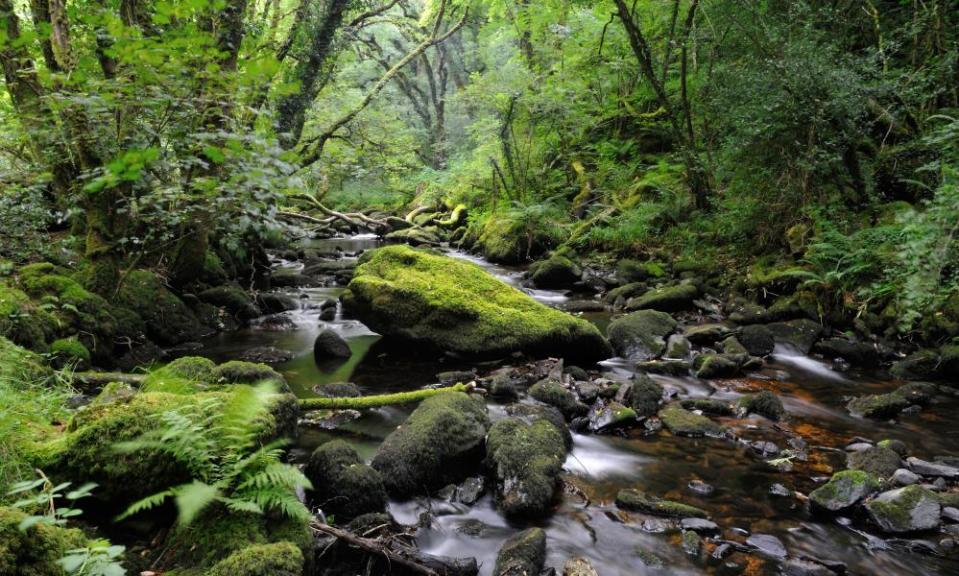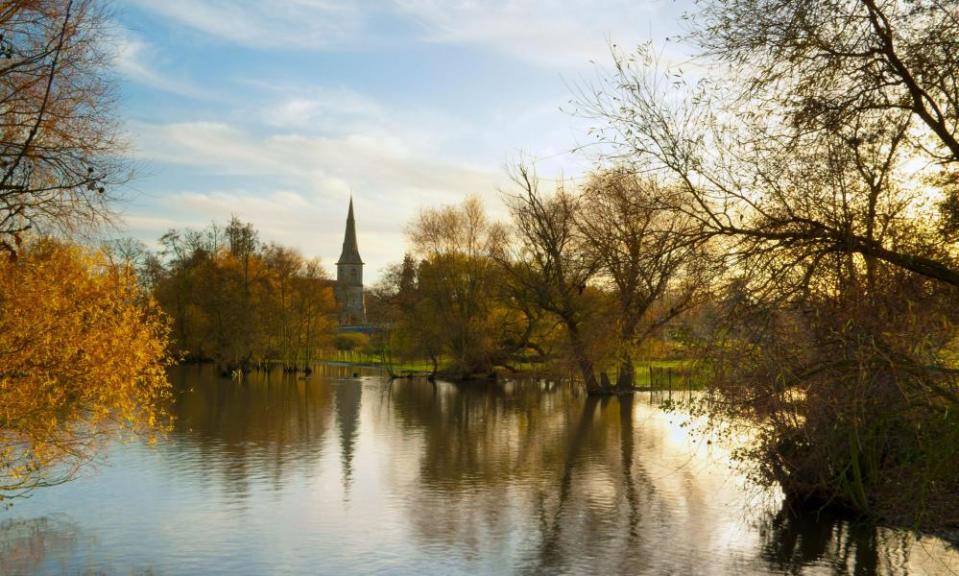Next – a hedgehog snuffling! The lockdown lifeline capturing the sounds of Britain

After months of confinement and inactivity, you might think you know the sound of absolutely nothing happening. But Radio Lento is determined to prove you wrong. The weekly podcast, which is becoming something of a lockdown hit, plays unedited recordings of rural environments across the UK – with no talking, no music and no other enhancements. It’s just the wind, the water and the cries of animals. Tides turn, owls call softly and the sound of far-off church bells carries over the fields.
“It’s for people who want to put the outside on their ears,” says co-founder Hugh Huddy. “It’s like photographs – but sound photographs.” Listening to such rich soundscapes instils a sense of peace, says Huddy, who calls the result “visceral relaxation – your body letting go but your brain switching on”. Lento has now clocked up more than 14,000 downloads since it launched in March, an astonishing result for a kitchen-table podcast created by first-timers.
Artists have been recording nature for decades. Whalesong was huge in the 1970s. More recently, Jana Winderen and Chris Watson have used field recordings in their compositions, to haunting effect. But these sound artists tend to treat the audio as material for highly crafted creations. Radio Lento takes a different path, giving us the raw sound as a way to express the spirit of a place. “What we’re trying to do,” says Huddy, “is find places that have a beauty about them, that are empty of people – and capture their essence.”

Huddy has been capturing nature since 2004, initially making short field recordings, then experimenting with hiding microphones in trees. Along with his partner, Madeleine Sugden, they honed their technique on epic family walks. As the spring lockdown began to bite, they listened back through their archive recordings and found them unexpectedly fulfilling, which gave them the idea for Radio Lento. “We were struck with cabin fever,” says Huddy. “Listening to the recordings blocked out distracting noise – loud music, the neighbour’s angle grinder. The soundscapes suddenly had a value they hadn’t had before. It’s slow radio, but not like the BBC’s slow radio, where they cherrypick moments when something happens. That’s guided listening. We make ourselves transparent.”
Lento’s artistry lies in selecting the right section from hours of recording, not just the highlights. One 40-minute episode is called Tawny Echoes in the Cathedral of Trees, while Night Beside a Stream in Wales lasts a full hour. “We’re not interested in getting ‘the perfect owl’,” says Sugden. “To really appreciate an owl, or a stream, you need time, within the context of everything else that’s going on. The concept of time is what we want to preserve.” Before long, Huddy and Sugden were leaving microphones out overnight to capture the most peaceful hours, staying in a youth hostel nearby with the kids.
Unlike the cutting-edge recordings made by professionals such as Watson, Radio Lento is a family affair. With two lively – “very lively” – children and no car, the family must travel by train from London to find their quiet places, lugging a flask of tea, copious biscuits and warm clothes, as well as the audio kit. Sugden and Huddy reckon they’ve walked more than 150 miles since the podcast began. To camouflage the microphones and protect them from the elements, they designed their own rig and built it on their kitchen table. “That’s taken a lot of trial and error.” And to work out where to site the mics, they simply stand in a promising spot and rotate their heads like a radar antenna. It’s surprisingly successful.
That said, there have been some disasters. Nature itself doesn’t always cooperate. “Once, some wasps found the rig,” says Huddy. “They were chewing on the wood to get it for their nests. You would never normally hear that sound – it’s so subtle. They did it for two hours. Their little jaws scratching, scratching. It makes your skin crawl.” The recording had to be ditched.

On one beach recording in Essex, an audibly strong gust of wind is followed by the metallic thunk of the mic toppling over on the shingle. Running footsteps are heard and then there’s a scraping noise as the rig is righted. You can almost hear a sigh of relief. “If the tide had been two inches further in,” says Huddy, “we’d have lost the whole lot.”
Moments like this remind listeners that people are a part of the landscape, too. Radio Lento doesn’t attempt to capture “pure nature”, unspoiled by human contact, if there’s any such thing. It is not unknown for a distant jet to make a faint appearance, or for far-off road noise to be heard as a hedgehog snuffles through the undergrowth.
'We’re getting people to listen, sit and take stock'
In future, Sugden and Huddy hope to expand the therapeutic uses for Radio Lento. “There was a geography teacher who was playing it to her classes,” says Sugden. “She said they had the calmest lesson they’d had for ages.” People with tinnitus and insomnia also sing its praises. Even pets are fans: one listener’s dog took refuge from fireworks in a Lento podcast, while another’s cat appreciated the birdsong.
Best of all, subscribers are starting to send in their own field recordings. “We’re getting people to listen, to sit and take stock, and think, ‘That sounds nice’,” Sugden says. In a world of angle grinders and next door’s techno, listening to wind rustling in the trees for a few hours may be exactly what we need.


